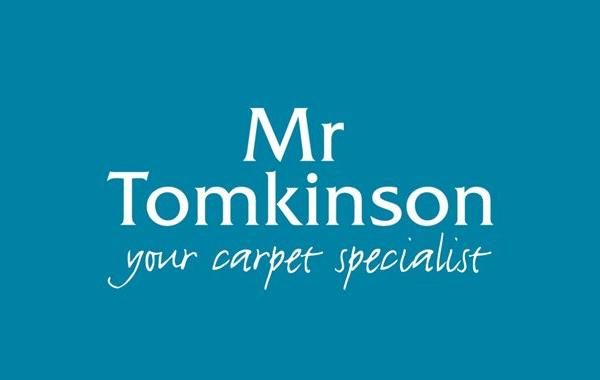Nothing compares to the soft, luxurious feeling of carpet under your feet.

Carpeting provides a safe, comfortable spot for kids to play and may even reduce the risk of injury during a fall.
Sure, carpet requires a bit of extra maintenance compared to vinyl or tile, but there’s simply no substitute in terms of sound absorption, warmth and overall comfort.
With so many different colours, materials and designs available, it can be difficult to choose the best carpet for your home. Some materials may require frequent cleanings that simply won’t fit into your busy schedule, others come with a high price tag and some may even have an effect on your health.
The wrong carpet may wear out quickly, fade or show stains that stubbornly resist your best cleaning efforts.
Protect your investment and choose the best carpeting for your home with these simple buying tips...
Carpet, simple buying tips...
- Compare colours and patterns to ensure that you’re satisfied with the carpet you choose.
- Select the right underlay.
- Does the carpet come with any guarantee / warranty?
- Understand any maintenance requirements.
- Select a reputable establishment that specialises in carpeting.
- It’s critical to select the right carpeting for your stairs, since stairs get a lot of wear.
Capet Troubleshooting
Carpets are produced in batches – known as creels – and usually each batch produces between 550m2 – 3000m2 in a single width, depending on the creel size.
Whilst the recipe used by the dyer remains constant and is followed to the letter, in each separate production the colour reproduction will vary from batch to batch. However the production is matched back to the original master sample to ensure that the colour remains ‘within a commercial tolerance’.
Occasionally an odd tuft or two can work its way to the surface and stand proud of the rest of the pile.
This is probably due the end of the tuft being longer that the other i.e. J shaped tuft instead of v shaped. Redial action merely requires that the offending tufts be scissor trimmed level with the rest of the pile. They should never be pulled out.
Different Carpet Styles
Woven Carpets
Wilton
Woven Carpets
Axminster
Tufted Carpets
Flatwoven Carpets
Bonded Carpets
Needlepunch Carpets
Different Carpet Styles
Woven Carpets
Axminster
Woven Carpets
Wilton
Tufted Carpets
Flatwoven Carpets
Bonded Carpets
Needlepunch Carpets
Natural Floorcoverings
Why not discuss this with us further?















